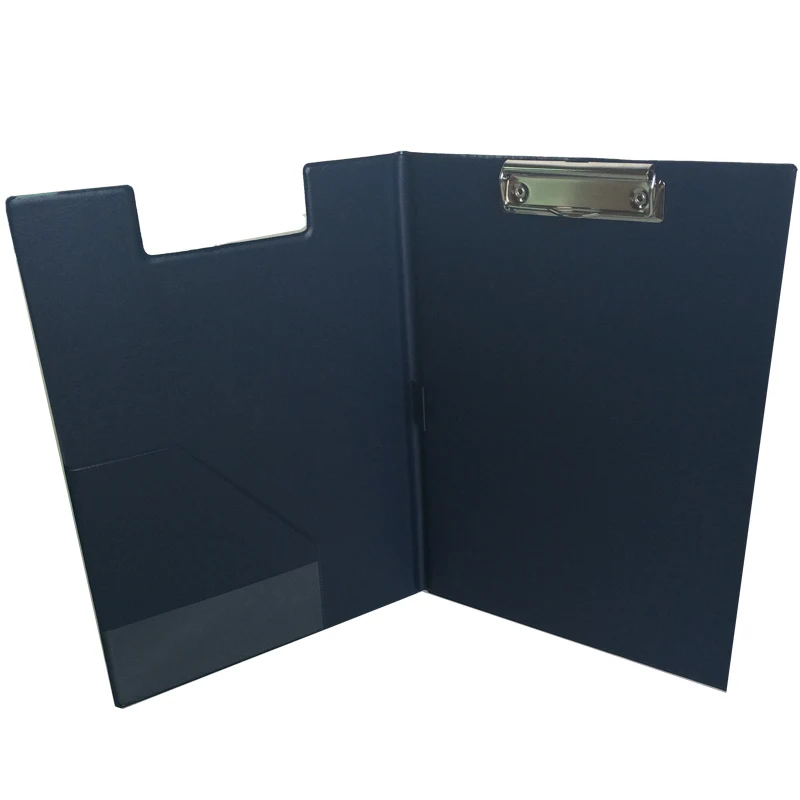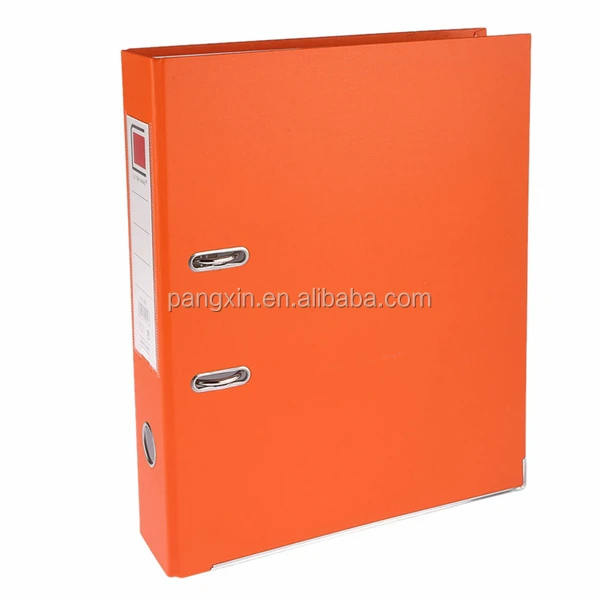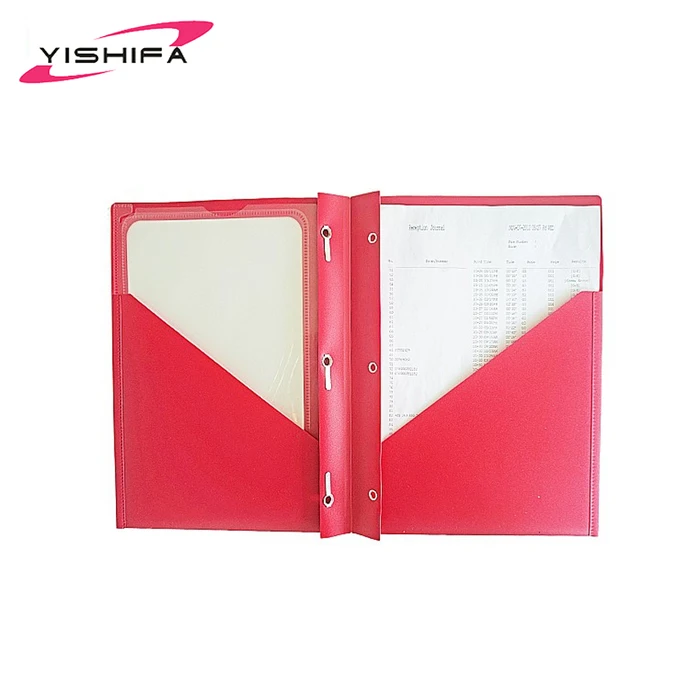
Here are the main keyboard controls for the testbed application. build/testbed -mode volume -scene data/volume/wdas_cloud_quarter.nvdb One test scene is provided in this repository, using a small number of frames from a casually captured phone video: Let's start using the testbed more information about the GUI and other scripts follow these test scenes.

If automatic GPU architecture detection fails, (as can happen if you have multiple GPUs installed), set the TCNN_CUDA_ARCHITECTURES environment variable for the GPU you would like to use.
#File folder factory code
If the build succeeds, you can now run the code via the build/testbed executable or the scripts/run.py script described below. If the build fails, please consult this list of possible fixes before opening an issue. Instant-ngp$ cmake -build build -config RelWithDebInfo -j
#File folder factory install
If you are using Debian based Linux distribution, install the following packages


CUDA v10.2 or higher and CMake v3.21 or higher.The following choices are recommended and have been tested: An NVIDIA GPU tensor cores increase performance when available.To get started with NVIDIA Instant NeRF, check out the blog post and SIGGRAPH tutorialįor business inquiries, please submit the NVIDIA research licensing form. Project page / Paper / Video / Presentation / BibTeX Thomas Müller, Alex Evans, Christoph Schied, Alexander KellerĪCM Transactions on Graphics ( SIGGRAPH), July 2022 Instant Neural Graphics Primitives with a Multiresolution Hash Encoding In each case, we train and render a MLP with multiresolution hash input encoding using the tiny-cuda-nn framework. Here you will find an implementation of four neural graphics primitives, being neural radiance fields (NeRF), signed distance functions (SDFs), neural images, and neural volumes. Ever wanted to train a NeRF model of a fox in under 5 seconds? Or fly around a scene captured from photos of a factory robot? Of course you have!


 0 kommentar(er)
0 kommentar(er)
